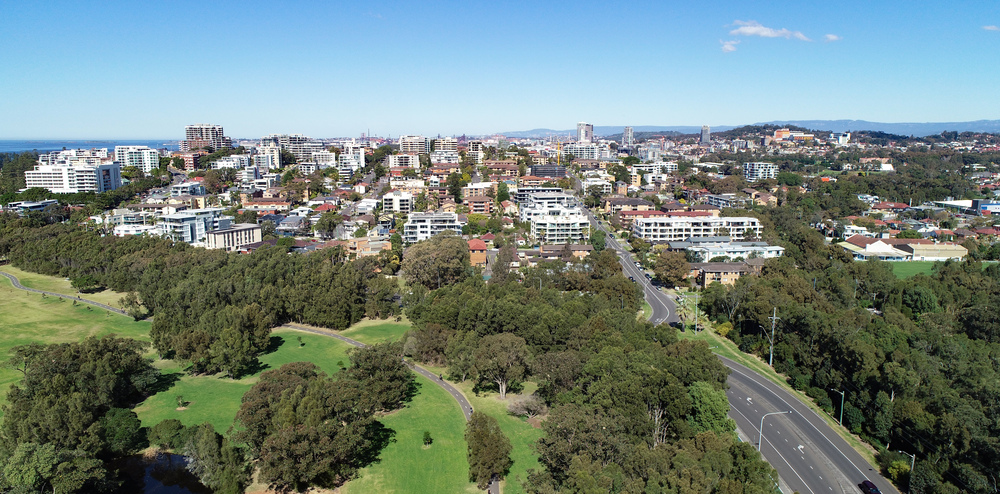
Building a sustainable Wollongong is more than just a stated objective for Wollongong City Council. It is a guiding principle that informs all areas of our operations, and a primary consideration for all our planning and policy documents.
This includes our Climate Change Mitigation Plan (2023-2023) which maps a path to becoming a Net Zero community through guiding our approach to waste management, building sustainable transport infrastructure and community renewable energy solutions. Our Urban Heat Strategy also outlines objectives to manage the impacts of rising temperatures on the Wollongong community and our local environment.
We continue to implement these strategies alongside other initiatives such as the Community Batteries roll out in partnership with Endeavour Energy, a Community Renewables program soon to be launched in partnership with Illawarra Shoalhaven Joint Organisation, and the support of EV charging infrastructure delivery.
This work is in addition to what Council is rolling out within its own operations. We've been working for some time on moving our fleet vehicles and equipment to electric, worked with Endeavour Energy to roll out energy-efficient lighting, installing solar panels, and have signed a 100 per cent renewable energy partnership with Red Energy.
"Building a Sustainable Wollongong is core value and objective of Council," Wollongong City Council General Manager Greg Doyle said.
"It's important that we lead with our actions and policies, which is why we have committed to our Sustainable Wollongong 2030 plan, and other key strategies to move toward our operational Net Zero by 2030 target.
"This guides our approach to all our operations and service delivery, from waste management to public transport, and the shift to renewable energy sources and supporting infrastructure."
Sustainability is also a key priority when it comes to managing development in our rapidly growing city, including consideration of Ecologically Sustainable Development (ESD) principles when making decisions relating to new development.
Council's approach to development is guided by Council's Development Control Plan (DCP). Individual chapters of the DCP are regularly reviewed to ensure they remain current and address emerging development policy and industry standards.
The introductory chapter of the DCP – Chapter A2, Ecologically Sustainable Development – was recently reviewed to ensure it aligns with recommendations from recently adopted sustainability strategies, such as our Climate Change Mitigation Plan and Urban Heat strategy.
As an introductory chapter to the DCP, Chapter A2 outlines ESD focus areas and objectives, and provides examples of potential measures for consideration when assessing applications for new development.
The draft Chapter A2, that was placed on 28-day public exhibition from February 3, does not include development controls as it is not the purpose of the introductory chapter.
Development controls relating to sustainability, including all-electric development, will be considered in subsequent reviews of relevant DCP chapters, which are scheduled for review through mid and late 2025.
"With our population and housing needs growing rapidly, it is vitally important that we engage extensively with the NSW Government to ensure sustainability objectives are aligned and effectively implemented through planning controls," Deputy Lord Mayor of Wollongong Councillor Linda Campbell said.
Community feedback received through the Chapter A2 exhibition process will inform consultation with the NSW Government regarding ESD measures, and its position on the future of gas in new developments.
Council and the community will be updated on the outcomes of this consultation as relevant chapters of the DCP are reviewed.






